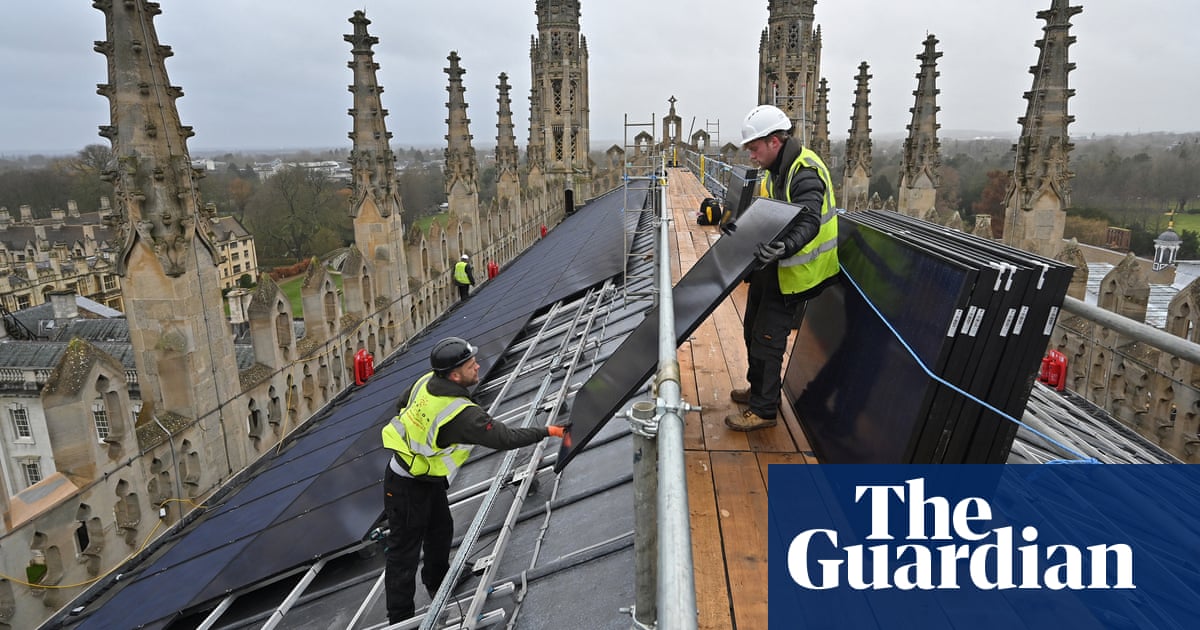ItsNotAboutTheMoney
Well-Known Member
Why would you remove a solar installation that has a 25+ year life rather than replace the rare inverter failure?
Primarily it would be if the solar owner isn't paying the landowner and the landowner wants to git it orf their laaand.







